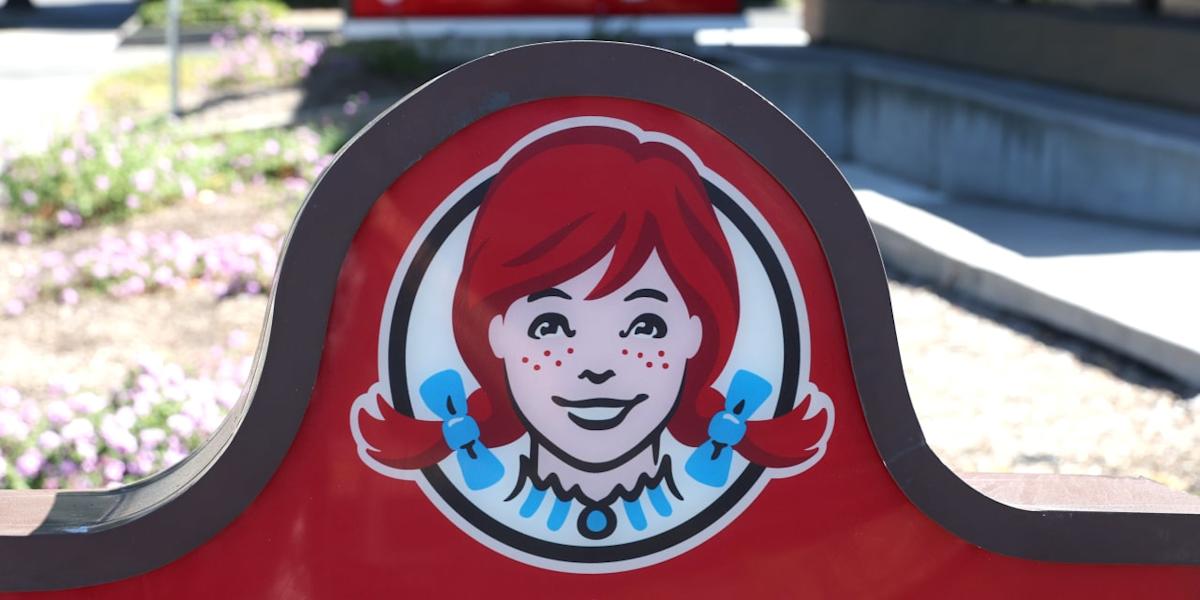Wendy’s Sales Fall as Consumers Pull Back
Wendy’s logged lower sales and profit in the third-quarter as consumers continue to cut their spending at restaurants.
The fast-food chain, which recently unveiled a plan to improve performance, on Friday reported net income of $44.3 million, or 23 cents a share, down from $50.2 million, or 25 cents a share, the year prior.
Adjusted earnings were 24 cents a share. Analysts polled by FactSet expected 20 cents a share.
Revenues fell 3% to $549.5 million, beating Wall Street’s expectation of $534.7 million. Same-restaurant sales fell 3.7%. Analysts expected a decline of 5%.
The results come after Wendy’s last month launched its new strategic plan to revitalize the brand, spark growth and boost profit.
Interim Chief Executive Ken Cook said Friday that in its U.S. business, steps to improve operations at its company-operated restaurants were producing results. Comparable sales at those locations outperformed the entire system by 4% in the third quarter and a renewed focus on execution resulted in what he called the successful launch of Wendy’s chicken tenders.
Wendy’s added Friday that it plans to lower its capital expenditure and franchise development fund investments to between $135 million and $145 million, from a prior range between $165 million and $175 million. It also raised its outlook for free cash flow to between $195 million and $210 million, from $160 million to $175 million.
It otherwise backed its outlook, including adjusted earnings between 82 cents to 89 cents a share. Analysts see 85 cents a share.
Shares rose 7.3% in premarket trading to $9.47 after closing Thursday down 46% this year.
A wide range of restaurants have reported consumers are pulling back from restaurants due to affordability concerns, making fewer trips and smaller purchases. Analysts have said that after the pandemic, restaurants raised prices more than grocery stores did, which is now causing consumers to limit their spending in restaurants.
Mizuho analyst Nick Setyan said in a note last month that burger quick-service restaurants in particular raised prices significantly following the pandemic and are suffering from the comparative affordability of grocery stores more so than other restaurants.



Leave a Comment
Your email address will not be published. Required fields are marked *